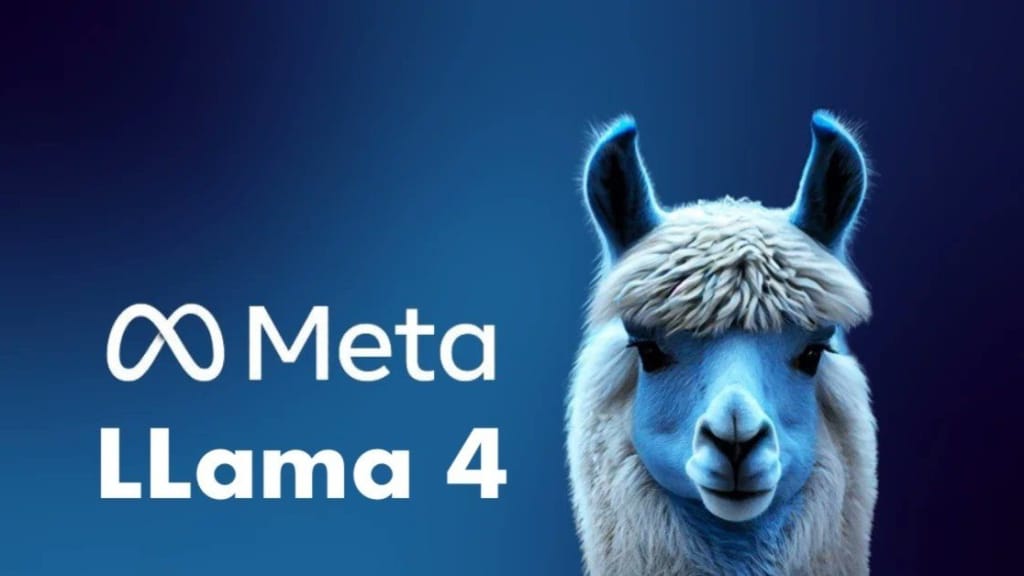2025 Update In 2022, we set out to update our DOI display guidelines with the intention to adopt the proposals in 2025. It’s important to note from the outset that we are not mandating any immediate changes to the DOI display guidelines.
Rogue Scholar Beiträge

A Deep Dive into Meta’s Latest AI Breakthrough

Introduction The integration of artificial intelligence into healthcare represents one of the most transformative technological shifts in modern medicine. As AI applications proliferate across medical specialities, healthcare practitioners face an increasingly complex landscape of tools, technologies, and approaches.
Two and a half month into the One Million IUPAC Names project, we passed the third milestone, the one for 100 thousand IUPAC names (doi:10.5281/zenodo.15266459). Time for an update.
I was increasingly unhappy with mypublishing strategy (or the lack thereof), but also increasingly worriedabout the state of the internet, especially the aggressive scrapping ofcontent by AI bots. So, I reconsidered my approach.
Stanford, CA: April 17, 2025: Stanford University Press (SUP) and Public Knowledge Project (SUP+PKP) announce the launch of the first journal in their open access program, Reviews of Economic Literature, which is accepting submissions now (originally published on Stanford University Press Blog). Reviews of Economic Literature (REL) is a peer reviewed journal that publishes articles on developments

Abandoned Appalachia Series Nestled in the hills of Wise County, Virginia, stands an abandoned orphanage, its concrete façade half-swallowed by trees and briars. Built early in the 20th century, in an era before modern foster care, county orphanages typically provided shelter, education, and basic necessities to local children in need.
Today is International DNA Day, commemorating the day in 1953 when Crick, Watson, Wilkins and Franklin published their papers on the structure of DNA. Fifty years later, with the declaration that the human genome project was close to completion the US Senate and the House of Representatives declared that 25 th April 2003 would be the first DNA Day, and ever since many (including ourselves through many blogs) have commemorated the date.
Anmerkung zu dieser Rubrik: Das Open Research Office Berlin erstellt monatlich eine Übersicht über Termine und Veranstaltungen zu Open Access und Open Research in Berlin bzw. an Berliner Einrichtungen. Der Fokus liegt dabei auf unseren Partnereinrichtungen und auf Veranstaltungen, die sich an die Öffentlichkeit richten bzw. die offen sind für Angehörige der Wissenschafts- und Kulturerbeeinrichtungen in Berlin.
As another DNA Day treat GigaByte today publishes new benchmark data and analysis of the new CycloneSEQ platform, a novel sequencing technology using nanopores that demonstrates here the ability to sequence complete bacterial genomes. Getting our hands on a CycloneSeq sequencer Following on from the recent official launch of BGI’s new CycloneSEQ single-molecule sequencer the new Data Release published today in GigaByte presents

I write biographies. So far, I’ve written two, one on Hedy Lamarr, and another on the silent era Irish director, Rex Ingram. I have other entries on my CV too, more usually conventional academic publications on Irish cinema. The biographies, which are slipped in between the monographs and articles are, and are not, similar. They are designed for a wider, general audience and written with that readership in mind.